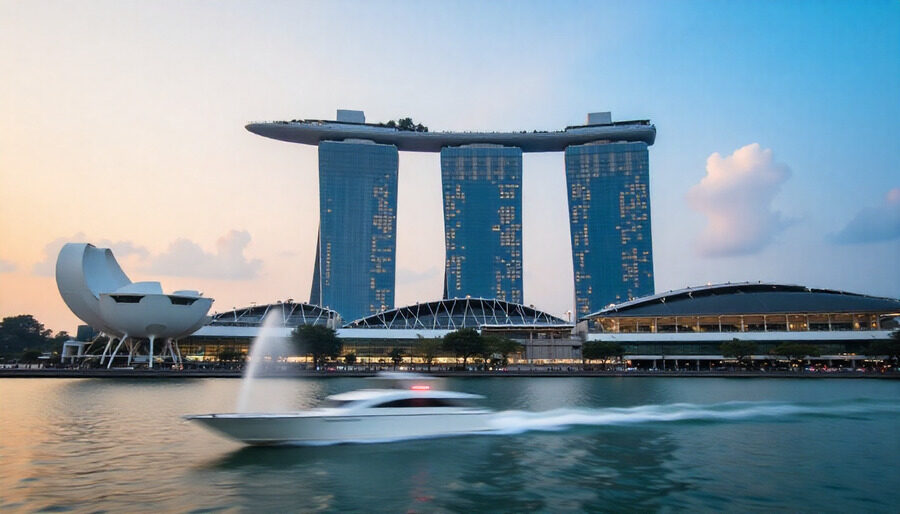Published on
November 9, 2025

Singapore has become a hotspot for Chinese tourists, thanks to a recent visa-free travel agreement and the growing trend of independent, short-term trips. Since the policy was introduced in early 2024, millions of visitors from mainland China have been drawn to the city-state, attracted by its pristine streets, modern architecture, and iconic landmarks. Yet, while Singapore’s appeal remains strong, many young travellers are grappling with higher prices, sparking conversations about whether the city offers good value for money.
Visa-Free Travel Sparks Record Arrivals
The visa-free agreement has opened doors to a new generation of Chinese tourists. In 2024, more than three million travellers from China visited Singapore — a 126 percent increase compared with the previous year — making up almost 20 percent of total international arrivals. By September 2025, another 2.5 million had already visited, signaling a sustained surge in tourism from the mainland.
This growth is driven by more than just easier entry requirements. Post-pandemic travel demand, combined with the rise of “da ka” tourism — a social media trend where travellers visit photogenic spots to document and share experiences — has made Singapore especially appealing. Chinese platforms like RedNote and Douyin amplify the city’s reputation, presenting it as a clean, modern, and aspirational destination. From Marina Bay Sands to Jewel Changi Airport, Singapore’s visual charm has become a major driver of travel decisions.
Young Travellers Face Higher Costs
Despite the city’s allure, many visitors are surprised by its prices. Taxi rides, meals, and accommodation often exceed expectations, particularly for first-time travellers. Restaurants add a 9 percent goods and services tax and a 10 percent service charge, which can significantly increase final bills. Hotel rooms at three-star establishments often cost over 1,200 yuan per night, prompting visitors to adjust their budgets carefully.
To manage expenses, many Chinese tourists focus on budget-friendly options. Hawker centres, public transport, and shorter stays have become common strategies. Some travellers limit themselves to one main meal a day while exploring the city, prioritizing experiences and sightseeing over luxury shopping.







